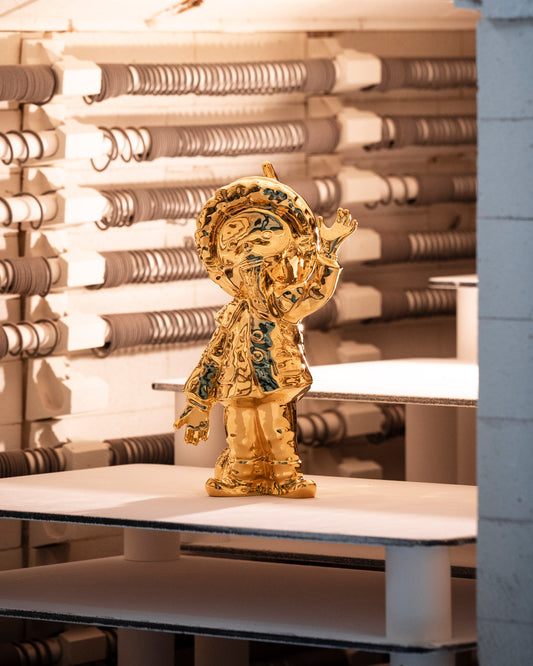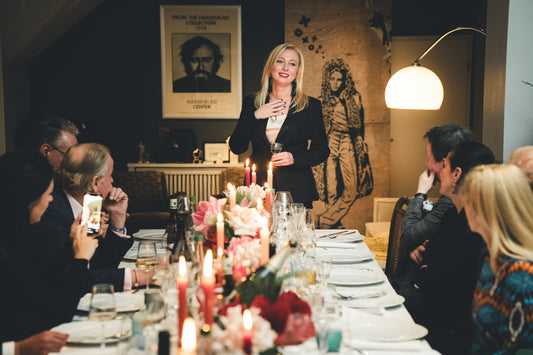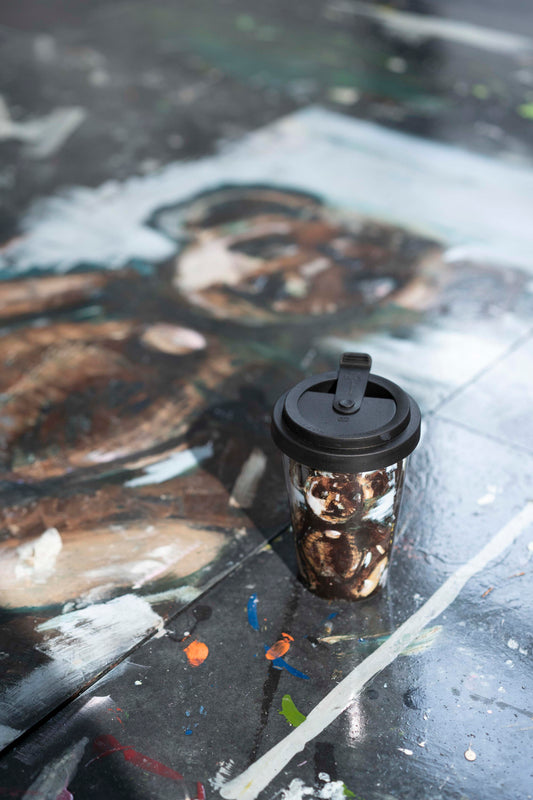WHAT PORCELAIN HAS TO DO WITH EINSTEIN
E = mc². You probably know this formula. But can you also say what it means exactly? If not: Don't worry, that's probably the case for most people. Except for the keyword “theory of relativity”, we couldn’t think of anything else to say. It is now the 64th anniversary of the author's death. Reason for us to remember probably the most famous physicist of the last century: Albert Einstein.
To clarify the question about the formula in advance: It says that a lot can come from a little . The best example of this is the sun, which constantly loses a tiny part of its mass, which in the form of light and heat (i.e. energy) makes life on earth possible. Likewise, atomic energy is the conversion of a little matter into a lot of energy : electric current.
Everything is relative
However, this formula only makes up a small part of Einstein's theory. His most important insight was that time and space are not constant, but relative . How quickly time passes depends on the speed at which you move through space: the faster the movement, the slower the time. – That not only sounds very theoretical, but it is. An example from everyday life makes it clear: our navigation system would not get us to our destination as reliably if it calculated without the theory of relativity. The speeds of the satellites and their distance from Earth are enormous. Without Einstein's discovery, Google Maps might find a city, but not a specific address - so his work has great importance in our lives every day. Did you think so?
Albert Einstein completed his work on the general theory of relativity in 1916 , when he was director of the Kaiser Wilhelm Society. He started this in 1914 in his Dahlem apartment at Ehrenbergstrasse 33 - and that's exactly what the memorial plaque on the house facade reminds us of. It is one of over 500 such plaques from the Royal Porcelain Manufactory that, since 1985, have commemorated places in Berlin where important personalities and institutions lived, worked or had an impact. Wieland Schütz 's award-winning design remains unchanged to this day.
Keep your eyes open the next time you visit Berlin! From Brecht to Bonhoeffer to Bowie, you can come across our plaques in all parts of the city - and if you find one and pause for a moment, time will pass very slowly for a moment!


